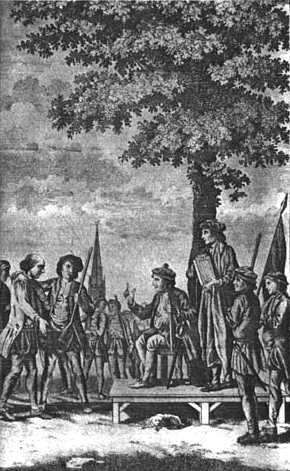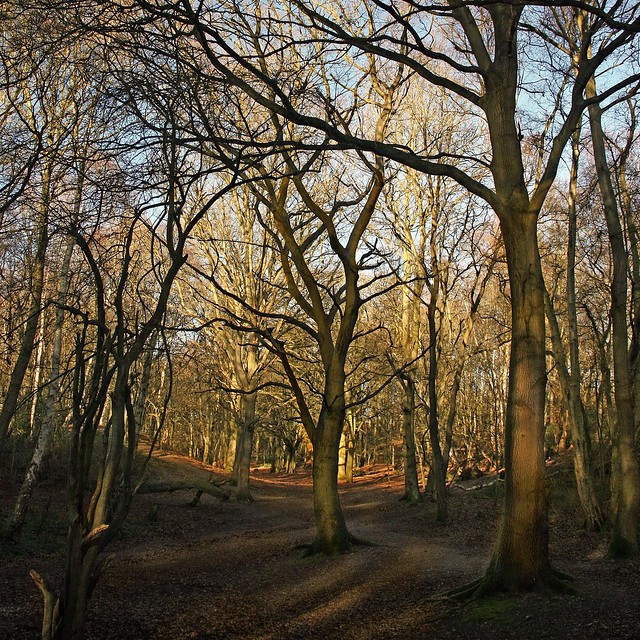I have to tell you and spread the word about one of my favourite places in England. I must have visited this place at least 8 times and would never hesitate to find an excuse to go again. A visit to one of the most spectacular displays of English houses from as early as the fourteenth century is a must should anyone happen to be in West Sussex. The Weald and Downlands open air museum features original historic houses and buildings that have been dismantled from all over the country and reconstructed painstakingly to ensure faithful reproduction.
A visitor would need at least a day to explore the 50 acre site, displaying not only historical houses and buildings but a range of livestock from Shire horses to pigs and chickens living in and around the reconstructed buildings. There is also a charming lake populated by a variety of ducks; a working mill, where you could buy freshly milled flour and biscuits made from the same flour; a café with a selection of delicious cakes; a Tudor kitchen where authentic early modern recipes are prepared and served to visitors; and a variety of activities and special features depending on the time of year and occasion.
Walking into one of the houses, you are instantly transported to another time and another world. These ancient structures with their authentic and accurately reproduced interiors capture a way life you may have only read about or seen in films. Every detail is considered and during the colder months you may even experience the warmth and the welcoming glow of a real fire lit for heightened authenticity in some of the houses. You can see how people slept, ate, socialised and cultivated their vegetable plots. You can smell, touch and see what the original inhabitants may have experienced in their homes and obtain a flavour of how life may have been. I found myself captivated by the aura and simplicity of a house I visited. I sat in a chair placed opposite a roaring fire, and felt a strange compulsion to remain there for a long time. The Spartan-like surroundings, the earthy musky smell, the rustic and 'honest' aura combined to create a sensation completely unique and mesmerising. This is history experienced in a way that cannot be compared.

Cottage from Hangleton. 13th century

Hall from Boarhunt. Late 14th century.
 Bayleaf: Wealden House. 15th century. |

Medieval house from Sole Street Kent

Barn from Cowfold. Built 1536.

Pendean Farmhouse. Built in 1609.

|
http://www.wealddown.co.uk/


